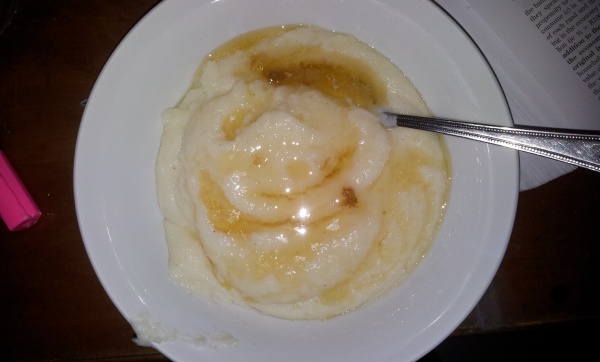Facts About Mielie-meal
Mielie meal, also known as mielie pap, is a type of coarse flour made from maize, commonly referred to as mielies or mealies in southern Africa. The term "mielie" is derived from the Portuguese word "milho" meaning maize. The Portuguese introduced maize to Africa from the Americas, where it rapidly became a dietary staple. During The Great Trek, it was especially favored by the Voortrekkers and continues to be a fundamental component of the diet in several countries, including South Africa, Mozambique, Lesotho, Eswatini, Zambia, Zimbabwe, Malawi, and Botswana.
Mielie meal can be prepared in various ways. As porridge, it is often enjoyed for breakfast. When made into a firmer dish known as pap, nshima, or sadza, it is typically served with meat, gravy, and vegetable relishes. It resembles Italian polenta but is usually made from white maize, as opposed to the yellow maize used for grits in the Southern United States.
Nutritionally, mielie meal is rich in carbohydrates, providing a substantial source of energy. It also contains protein, fat, and fiber, making it an essential part of the diet in many African countries. While it is a staple in Africa, other regions such as Europe, Asia, Australia, North America, and South America have their own distinct culinary traditions and staple foods.

 Namibia
Namibia